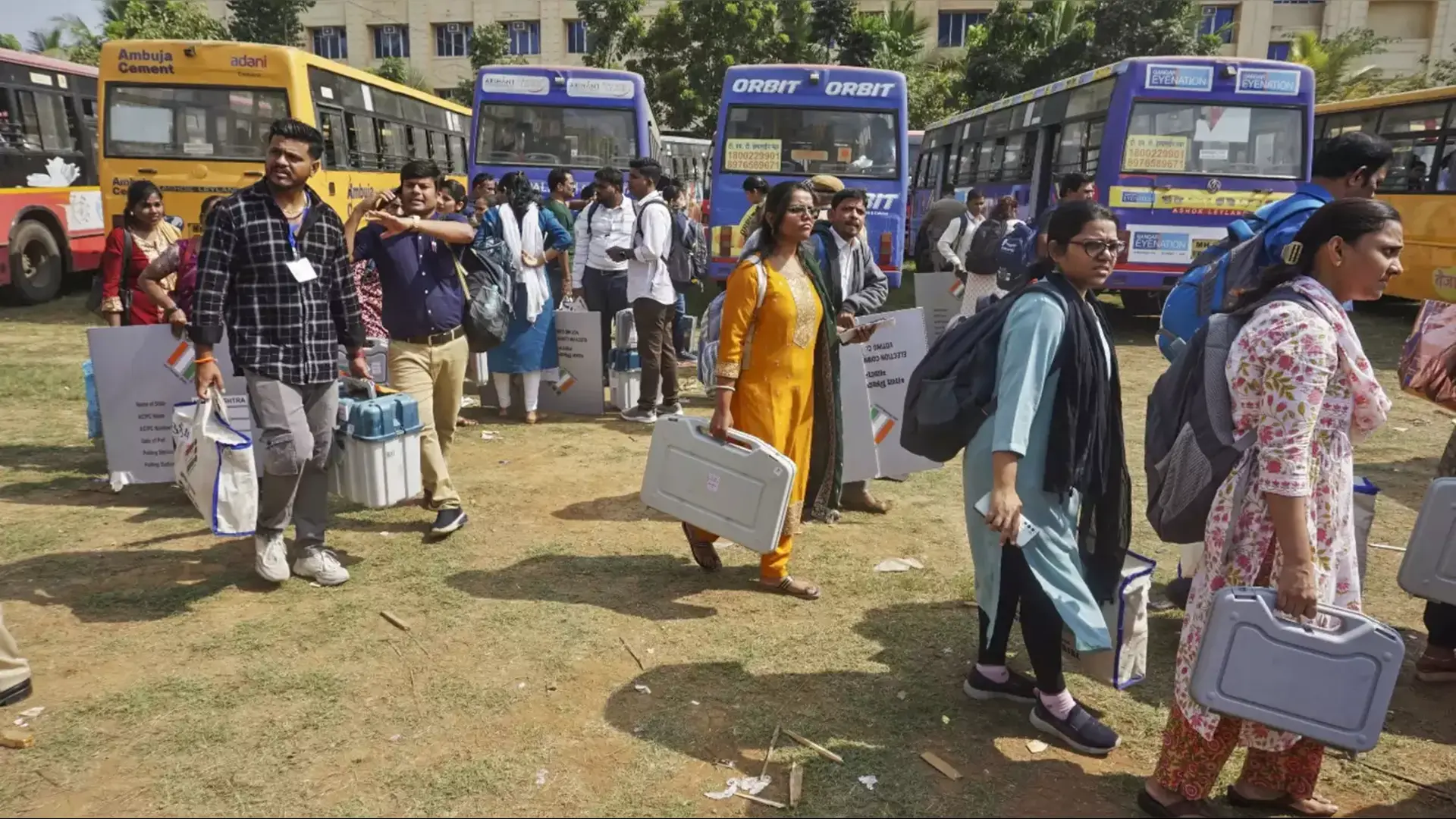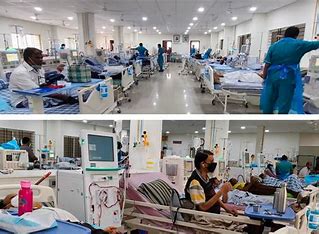
KV Subramanian, the Executive Director of the International Monetary Fund(IMF) and a former Chief Economic Advisor to the Indian government, discussed the benefits of India’s GDP growth for the employment situation. Subramanian stressed that there have been notable advancements in India’s employment quantity and quality, as evidenced by the trustworthy data from the Periodic Labour Force Survey (PLFS).
Subramanian said, “During the lockdown and during the second wave, the employment situation did worsen and this is something that is very clearly shown in the PLFS data which further enhances the trustworthiness of the PLFS data but if you look at overall now, the employment situation has improved significantly and has become better compared to pre COVID levels”.
Subramanian claims that the PLFS data shows a notable increase in the number of salaried and regular employees, which increased from 11.5 crores in 2017–18 to 13 crores, indicating a 13% improvement. With a notable increase of 29.4% among females and an 8.8% rise among males, this positive trend was evident in both groups. Additionally, there was an increase in formal employment of 1.2 crores, or 25.3%. Additionally, Subramanian noted that between 2017–18 and 2019–20, the unemployment rate (UR) in usual status dropped from 6.0% to 4.8%. The worker-population ratio (WPR) increased from 46.8% to 50.9 percent, while the labor force participation rate (LFPR) increased from 49.8% to 53.5%.















